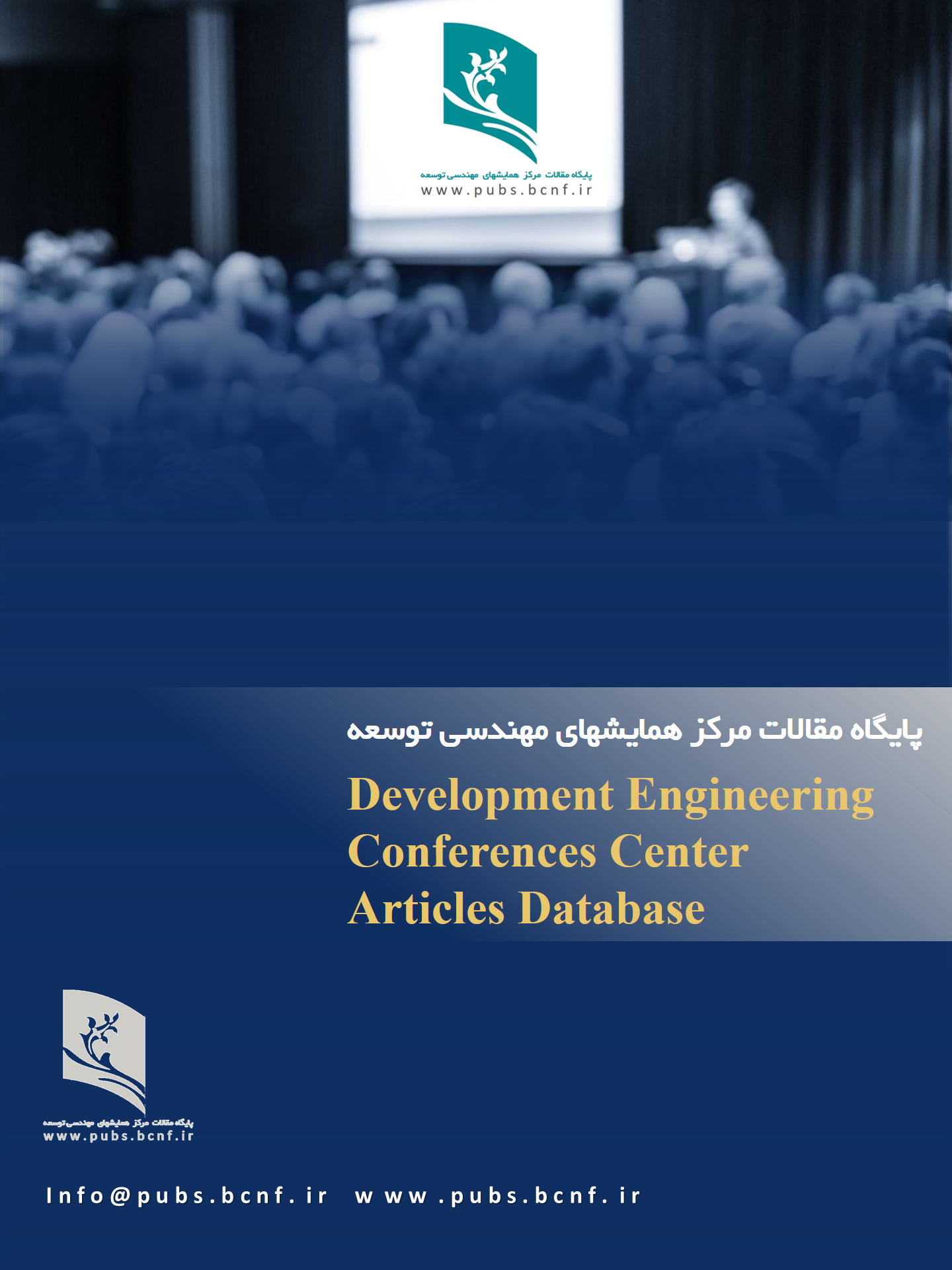Comparing the effectiveness of fall-proof exercises and balance exercises in water with the mindfulness approach on the balance of the elderly
Keywords:
Exercises in water, balance, sport, elderlyAbstract
Background and purpose: Balance is one of the most important factors of physical fitness for the elderly. Different training methods have been recommended to improve the balance of the elderly. Therefore, the purpose of this research is to compare the effectiveness of balance exercises on land and balance exercises in water with the mindfulness approach on the balance of the elderly.
Methodology: The current research was applied and semi-experimental. The current research design was pre-test and post-test in four groups, fall-proof exercise, balance exercise in water, conscious mind exercise and control group. The subjects of this research included 40 elderly women in the age range of 60 to 75 years. The samples were randomly selected and replaced in four groups of 10 people. After selecting the samples and grouping the people, they participated in the leaf balance test (pre-test). Then, in this stage, people did 16 sessions of 60 minutes (three days a week) according to their group's schedule. The control group did not receive any training or training during this period. After the training period, all groups participated in the post-test (according to the pre-test). Leaf balance test was used to evaluate balance. Analysis of covariance with Bonferroni's post hoc test was used to check the difference between groups and compare two groups in SPSS version 26.
Results: The results of covariance analysis showed that there is a significant difference between the control group and other groups. However, our analysis showed that there is no significant difference between the groups.
Downloads
References
1. Fernandes VLS, Ribeiro DM, Fernandes LC, Menezes RLd. Postural changes versus balance control and falls in community-living older adults: a systematic review. Fisioterapia em movimento. 2018;31:e003125.
2. Gallahue DL. Understanding motor development: Infants, children. Adolescents. 1989:200-36.
3. Irandoust K, Taheri M. The impact of yoga and pilates exercises on older adults. Iranian Journal of Ageing. 2016;11(1):152-61.
4. Khajavi D. Comparing functional fitness and quality of life and in men older adults with and without fear of fall and fall history. Journal of Geriatric Nursing. 2016;2(3):9-21.
5. Minoonejad H. The effect of 6-week training with ground balance ladder on postural control and risk of falls in Elderly. Journal of Gerontology. 2017;2(1):11-9.
6. Kumar C. Comparison between Tai Chi and balance-strength training exercise to decrease fear of fall and improving balance and functional mobility in elderly. Journal of novel physiotherapies. 2017;7(3).
7. Lopez P, Izquierdo M, Radaelli R, Sbruzzi G, Grazioli R, Pinto RS, et al. Effectiveness of multimodal training on functional capacity in frail older people: a meta-analysis of randomized controlled trials. Journal of aging and physical activity. 2018;26(3):407-18.
8. Elsawy B, Higgins KE. Physical activity guidelines for older adults. American family physician. 2010;81(1):55-9.
9. Wood RH, Reyes R, Welsch MA, Favaloro-Sabatier J, Sabatier M, Lee CM, et al. Concurrent cardiovascular and resistance training in healthy older adults. Medicine and science in sports and exercise. 2001;33(10):1751-8.
10. Schumann M, Walker S, Izquierdo M, Newton RU, Kraemer WJ, Häkkinen K. The order effect of combined endurance and strength loadings on force and hormone responses: effects of prolonged training. European journal of applied physiology. 2014;114:867-80.
11. Bagheri L, Faramarzi M, Banitalebi E, Mardanpour Shahrekordi Z. A comparison of the effects of three types of combined training on testosterone and cortisol concentration and muscular strength in elderly women. Journal of Sport Biosciences. 2016;8(1):123-41.
12. Wilhelm EN, Rech A, Minozzo F, Botton CE, Radaelli R, Teixeira BC, et al. Concurrent strength and endurance training exercise sequence does not affect neuromuscular adaptations in older men. Experimental gerontology. 2014;60:207-14.
13. Cadore EL, Izquierdo M, Pinto SS, Alberton CL, Pinto RS, Baroni BM, et al. Neuromuscular adaptations to concurrent training in the elderly: effects of intrasession exercise sequence. Age. 2013;35:891-903.
14. Murlasits Z, Kneffel Z, Thalib L. The physiological effects of concurrent strength and endurance training sequence: A systematic review and meta-analysis. Journal of sports sciences. 2018;36(11):1212-9.
15. Davis-Miller TL. The effect of exercise order on body fat loss during concurrent training. 2016.
16. Taheri, Morteza, Mir Moazi, Massoud, and Sabbaghi, Mohammad Fazel. ) 2017 (. The effect of water exercise on the incidence and prevention of falls in healthy elderly men. Safety promotion and injury prevention, 6 (3), 144-151.
17. Kamrani Faraz, Nazanin, Lataft Kar, Amir, and Javadane, Noorale. (2016) The effect of a course of comprehensive combined resistance exercises in water on balance and risk of falling in elderly women over 60 years of age in Tehran. Rehabilitation Research in Nursing, 4(1), 45-50.
18. Mehdi Mehjoor, Ali Asghar Nurste. The effect of specific balance exercises at home on walking and balance performance of elderly men. Improving safety and preventing injuries. 2021 Dec 1;9(4):273-64
19. Puladian M, Ayatizadeh Tafti F, Samadi H. COMPARISON OF THE EFFECT OF MINDFULNESS EXERCISES AND PETTLEP MENTAL IMAGERY ON THE BALANCE AND CONTINUOUS ATTENTION OF ELDERLY WOMEN. Studies in Medical Sciences 2023; 34 (5) :278-289 URL: http://umj.umsu.ac.ir/article-1-6004-fa.html
20. Barela AM, Stolf SF, Duarte M. Biomechanical characteristics of adults walking in shallow water and on land. Journal of Electromyography and Kinesiology. 2006 Jun 1;16(3):250-6.
21. King MB, Judge JO, Whipple R, Wolfson L. (2010). Reliability and responsiveness of two physical performance measures examined in the context of a functional training intervention. Phy Ther 2000;80(1): 8-16.
22. Goldin, P. R., & Gross, J. J. (2010). Effects of mindfulness-based stress reduction (MBSR) on emotion regulation in social anxiety disorder. Emotion, 10(1), 83-91.



